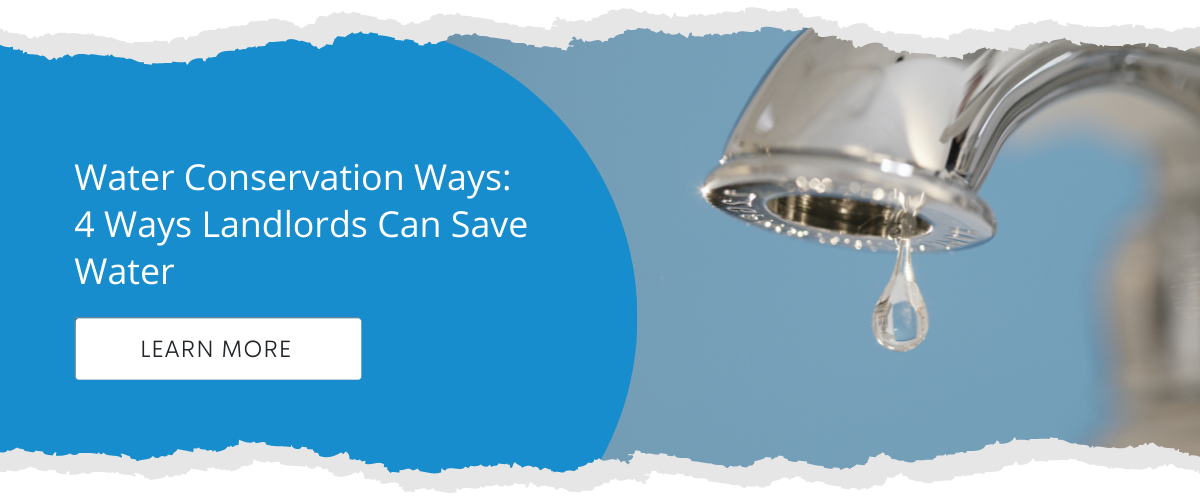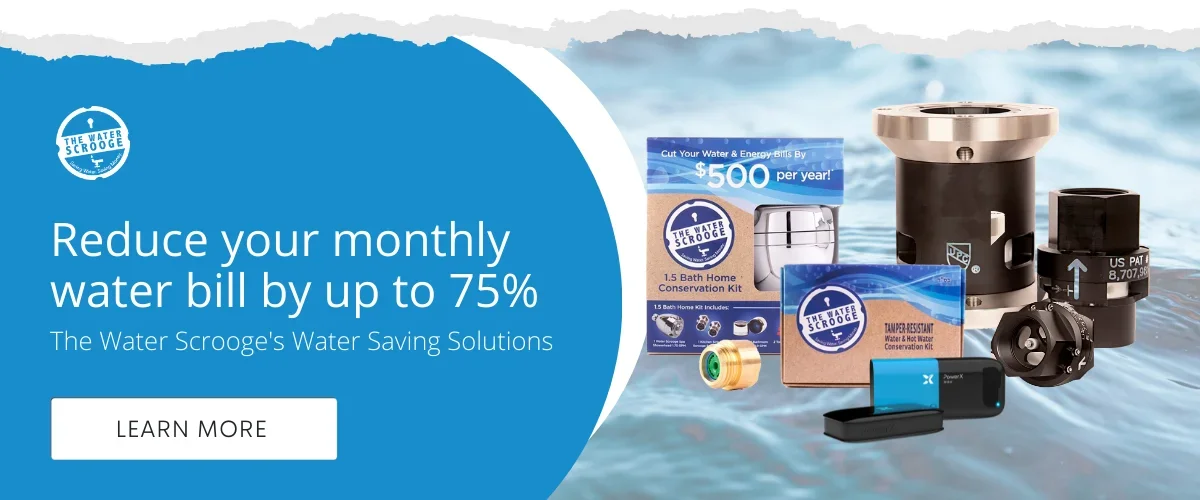
Let's start off with a couple of facts. You're one in 7.9 billion people who need fresh water to survive. Access to clean water is a fundamental human right. And yet, every third person is deprived of that right. And, for reasons every person should create for themselves, you are either using water sensibly or not.
So, what's the goal here? It's defining water conservation, debunking water conservation myths, and nudging you ever so slightly to tweak your habits for the greater good. Yours included.
What you understand is what you can change
When speaking about water conservation in US households, it is vital to understand that the broad term conservation entails using less water and using it rationally. The two perspectives come from the need to take immediate action in some cases and invest in long-term prevention.
In other words, if a sudden water shortage occurs due to a natural disaster, water conservation is expected through restrictions. The solution to battling regular water shortages due to climate changes lies in following best practices to do the same job with considerably less water.
But first, some myths need to be busted.
1- My efforts don't count much
2- We're literally surrounded by water
4- Water conservation is expensive, and savings are minimal anyway
5- The global water crisis is made up
6- Water restrictions are the best way to conserve it
1- My efforts don't count much
Feeling insignificant is quality feed for water conservation myths. Wasting water is easy, so why is saving it so difficult then? If our actions seem like a drop in the ocean, why is there such a fuss about water shortage? Perhaps what we do does matter.
Look at it this way.
If you invest time to teach your significant other how to use water rationally, then you both instill the proper habits in your child. Hence, your kid shares the knowledge with peers, they share it with their families and peers, and you already have an exponential growth where water conservation consciousness is concerned.
Do you still think it's a drop in the ocean?
2- We're literally surrounded by water
Yes, we are, and the fact doesn't help us at all. According to USGS, 96.5 percent of the water on Earth's surface is saltwater in oceans. The remaining 3.5 percent is freshwater found in vapor, lakes, rivers, and (not quite successfully anymore) captured in glaciers.
We don't melt ice to shower, nor do we inhale fog when thirsty. But we do continue to waste drinking water and pollute what little we have. Most likely, there is a study that will tell you how much of the clean freshwater remains to be used, but those numbers mean little to the third of humanity.
3- Water can't just disappear
Indeed. Water won't flow into space, nor will it come from it. The amount of water on the planet is constant. But whether you can use that water safely and sufficiently for drinking, bathing, and agriculture is a different ball game.
Moreover, water does get recycled through the water cycle. However, evaporation, condensation, sublimation, precipitation, transpiration, runoff, and infiltration takes time. The problem here is that we're using up more water for our activities than nature can recycle for us on time. Water consumption is high, and it only keeps growing.
4- Water conservation is expensive, and savings are minimal anyway
US EPA scientists do not think so. For example, Water Scrooge™ labeled products pay off themselves in water savings early in the product's life. After that, financial and water savings only keep accumulating. Just for the sake of illustration, if every US household installed affordable shower flow controllers (cost less than $24.99), the country would save over sixty billion gallons of water every year, worth over forty million dollars.
Sure, if a gallon of water costs more than less than a penny, the savings would be greater. But the value of water you don't have is calculated differently. And if we can save billions of gallons with a simple shower flow controller, the amount of water saved using other water-saving products would be positively astronomical. When you add to it that there's no saving water without saving energy, the outlook is even better.
Financial savings made through water conservation means landlords and households owners would be able to invest in other aspects of their life. By installing shower head controllers, preventing toilet leaks, detecting leaks, and using flow management devices, an average US family would easily save for residential movers in NYC. The only remaining thing would be to team up with reputable experts in the area and brag to new neighbors that your updated water fixtures paid for the move.
5- The global water crisis is made up
Let's tell that in the face of a parent whose kid is either thirsty or drinking contaminated water, coming down with cholera, dysentery, or hepatitis A. The shortage of clean freshwater is real, and it is not limited to developing countries, but its a global crisis. Water wars are not just a scary story to support water conservation myths. Court battles that US states fight among themselves for water rights are genuine, too.
So, why don't we bottle water where we (still) have it and send it elsewhere? The life cycle of bottled water, which includes the production of plastic bottles, bottling, and transport, among other things, is also a water-demanding process. Instead of thinning already strained water reserves, reducing pressure on said supply is a more sustainable option.
6- Water restrictions are the best way to conserve it
While they are necessary and unavoidable during short crises, water restrictions don't necessarily need to become a long-term practice. We can make significant water conservation results simply by eliminating losses through the leakage. Stanford University researchers estimate that between 20 and 50 percent of water is wasted as it leaks out of North America's supply system. And that's the developed part of the world.
Further savings are possible through efficient water use. The biggest consumers of freshwater (90% altogether) are producers of thermoelectric power, agriculture (namely irrigation), and public supply. If only these consumers would adopt more efficient practices and technologies for water use and recovery.
Once the myth's debunked, it's time for action
Taking action only around World Water Day on March 22 is valuable but not enough. It does help bust water conservation myths, though. It raises awareness about water shortage and poor access to sanitation and hygiene facilities around the world.
Likewise, it helps educate people globally about the importance and scarcity of fresh water. And just as this year's slogan advises, "Groundwater, making the invisible visible," we should all open our eyes and turn off our taps.
Are you ready?
Reduce your monthly water bill by 75% with The Water Scrooge™ water conservation ways.
You definitely want to check out all of our water conservation solutions (that will further reduce your monthly water bill).
- 25% Savings with The Water Scrooge™ Shower Flow Controller
- 20% Bill reduction with The Water Scrooge™ Leak Detection System
- 15% Off your water bill with The SMART VALVE™ Water Flow Management
- 15% Savings with The Toilet Scrooge™ Toilet Leak Prevention
Click below to learn more about these options.
About The Water Scrooge™
The Water Scrooge™ offers water conservation ways and products to multi-family landlords and homeowners, including: shower flow controllers, Leak Detection Systems, Toilet Leak Prevention Devices (The Toilet Scrooge™), water flow management devices (SMART Valve™), toilet calibration and DIY products.
Also featuring The Water Scrooge™ App. Our app empowers your team to carry out the installation of our kits. With it, you can also record and track data points about the units (other than water usage).



